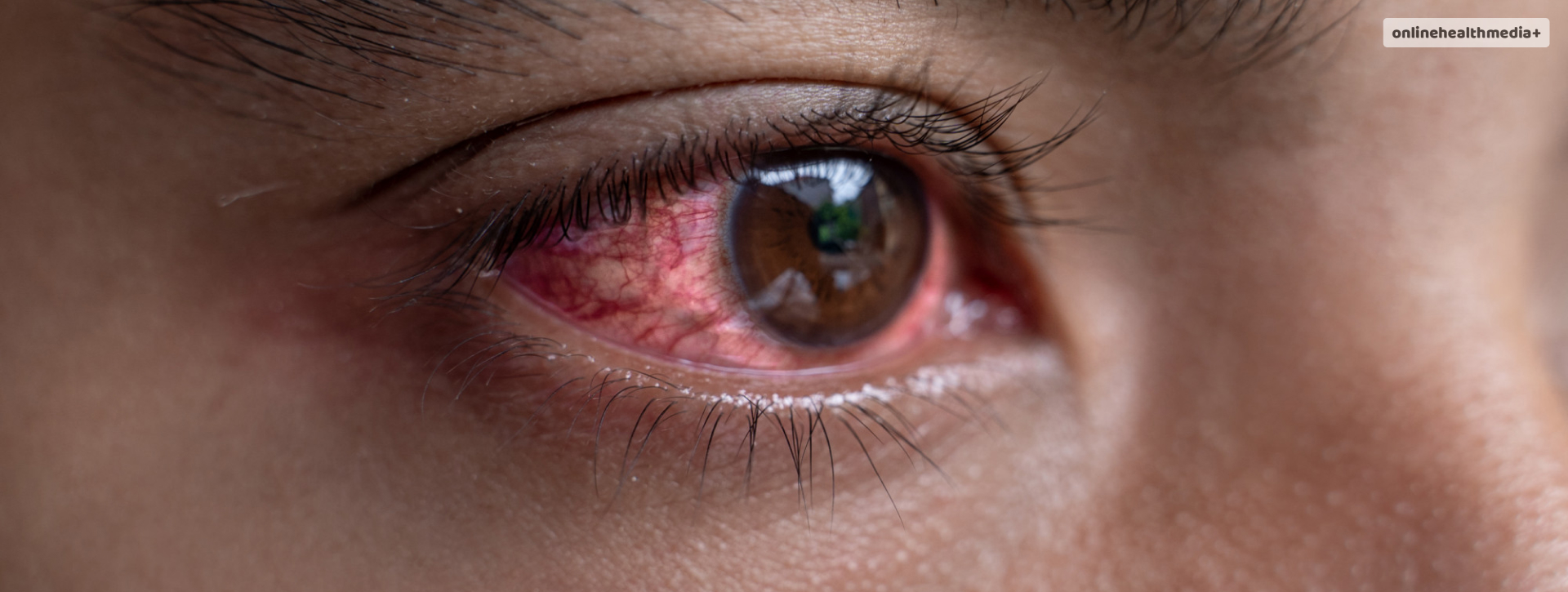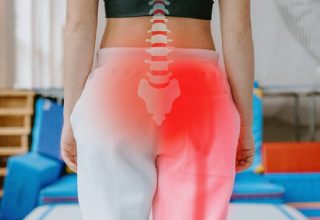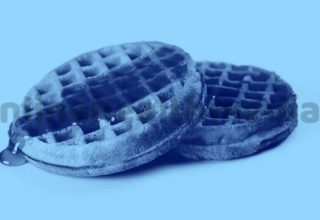Selenium For Thyroid Eye Disease: Is It Helpful? What Other Options Are Available?
Note: The information in this article is not intended to substitute professional medical advice, diagnosis or treatment. All images and text presented are for general information purposes only.
Selenium thyroid eye disease is a great alternative that helps manage the symptoms accompanying the condition. Thyroid eye disease is a complication that involves the immune system’s attack on healthy cells.
The autoimmune condition causes inflammation in the tissues around the eyes due to damage in that area. Different signs tell you if you have developed the condition.
The signs that help you recognize the condition are:
- Grittiness in eyes
- Sensitivity to light
- Pain behind eyes
- Dry eyes
This article describes the treatment options that help improve your experience with the symptoms. The mineral is also known to enhance the condition quite drastically.
Contents
Management Of Thyroid Eye Disease
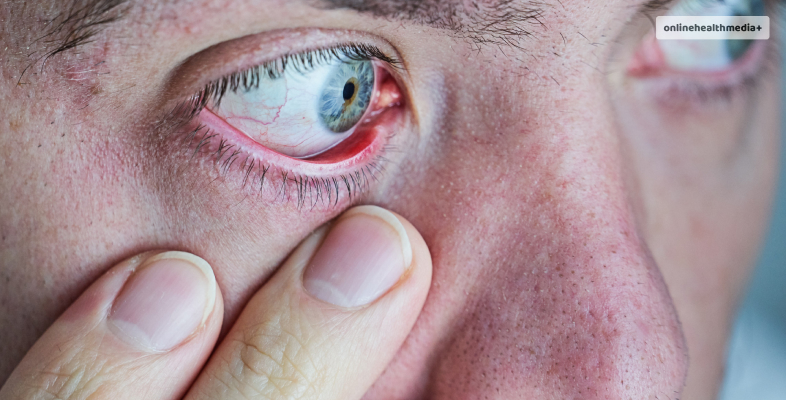
Several management strategies help cope with the condition, precisely the signs of this condition. Medical therapies usually include pharmacological as well as non-pharmacological options.
Surgery may also be another option that helps improve the patient’s situation. However, it is opted for as a last resort.
If you are thinking, “How to reduce swelling from thyroid eye disease?” There is a treatment option for that symptom as well.
Non-pharmacological therapy is an excellent alternative to side-effect-inducing pharmacological therapy. Moreover, it is a non-invasive option that can help cope better with complications.
List Of Top 5 Therapies Used for Managing TED
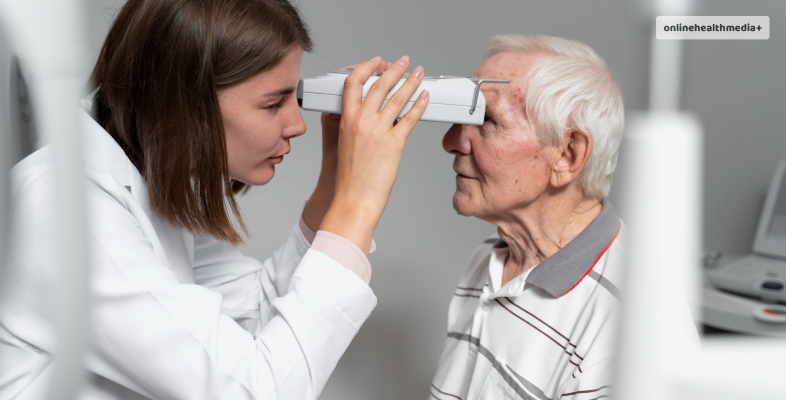
Apart from thyroid eye disease surgery, other management options are non-invasive. The following list discusses five such options:
1. Topical medicines
Eye drops are one of the major options that have been consistent in treatment plans for TED. The ocular surface diseases are targeted with topical eye drops.
During the early stage of the condition, the probability of the patient developing dry eyes is relatively high due to ocular surface inflammation. This responds to low doses of topical steroids such as fluorometholone.
The stable phase of the disease includes chronic exposure, which can cause dry eyes and require lubrication.
The regimen can consist of aggressive use of artificial tears, nighttime ointment, and gel. The quality of life for patients with TED improves with its help.
2. Vitamins
The use of vitamins has been seen many disease conditions, especially in those with an imbalance of hormones. Thyroid eye disease is when the autoimmune system attacks the thyroid cells. This can have different presentations, such as elevation or decrease in thyroid hormone.
The use of vitamins as a treatment option includes considering the current state of the disease. This helps the physician determine the dose and duration of the treatment.
The use of Vitamin D in patients with TED helps reduce inflammation. Vitamin D has anti-inflammatory properties that prove beneficial in patients with TED.
Dosing may start with 100 micrograms per day when started early. The ideal time to start the treatment is within six months of onset. In addition, supplementation is in line with the blood levels of the vitamin.
This helps align the patient’s needs with the treatment plan so that there is little to no harm to them. The objective is to make it helpful for the patient to manage the condition.
Multivitamins and diets low in processed food and fats prove to be beneficial for their overall health.
3. Steroids
The reduction of symptoms with the use of steroids is a great option. However, it does modify the disease, instead improving the active phase soft-tissue symptoms in the body.
This option helps the patient transition into the stable phase of the disease. Steroids are a good option owing to its direct administration at the site (eyes.) The medication can also be given through pills or intravenous infusions.
Direct injections are usually administered within four weeks in the clinic and can provide significant relief for the patient. You may even experience relief from dull aches or eye pain and congestion.
These mainly help in cases of asymmetric disease, co-existence of diabetes, or a condition where systemic steroids can be risky.
4. Radiation
Radiation is an excellent option for the treatment of TED. However, it does not entirely cure or shorten the active TED. The therapy sure does sound scary.
However, there is nothing to fear; the treatment is non-invasive, gentle, and has remarkable results. The treatment option is suitable for those with persistent inflammation in active disease. Thyroid eye disease radiology treatment has more significant results when combined with steroids.
This is called a synergistic effect of the treatment. This is because two therapies are more effective than either alone.
Ten sessions within which the patient receives the treatment spanning two weeks, with a dose of 20 Gy (Gray, an SI unit of ionizing radiation.) This is a safe dose as it is well below the dose that may cause damage to the retina (35 Gy) or the nerve (50 Gy.)
However, there may be side effects:
- Development of early cataract
- Corneal dryness
The condition is specifically beneficial for people with double vision and strabismus.
5. Molecular medicines
The use of molecular medicines has been a hit since the breakthroughs in molecular biology. Specifically, the application of molecular biology in the medical field has made it easier for professionals to target diseases that may escape the usual medical treatment options.
The advantage of this therapy is its customization for the patient. Their medical needs help in determining the dose. The available medicines are waiting for approval.
However, their use for other significant conditions is also well-known through research.
For example, the drug Rituximab is an excellent option for people with lymphoma. The drug targets immune cells that produce antibodies, initially providing hope that there may be a clinical effect in patients.
Randomized controlled trials in the United States showed only a slight improvement, which may be negligible. The bottom line of the confusing result is that it is ineffective for patients with TED.
Other molecular medicines that have been effective are adalimumab, infliximab, and etanercept.
Why Is Selenium Thyroid Eye Disease an Option?
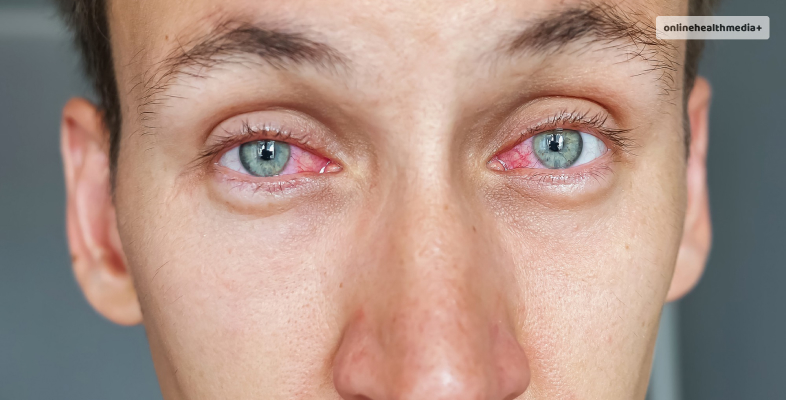
Among the widely used supplements for thyroid eye disease, except for Vitamin D, is selenium. Selenium thyroid eye disease is a great option when the condition’s severity must be controlled. The condition’s progression is also kept in check with the help of selenium.
A trace mineral is formed when selenocysteine incorporates into selenoproteins. The D1, D2, or D3 (iodothyronine deiodinases) are homologous proteins containing 250-300 amino acids with a single transmembrane domain at the N-terminus.
The enzymes involved in selenium formation also participate in the reductive deiodination of thyroid hormones.
Who Is It For?
The importance of selenium thyroid eye disease is known because it directly affects the severity of TED. Thus, it is vital that, as per the serum concentrations, selenium supplementation continues.
Conclusion
This was all in selenium thyroid eye disease as a treatment option. The article focuses on improving the reader’s knowledge of the condition and understanding of the treatment plan.
The article also discusses the different therapies that have helped manage the condition. Selenium supplementation is a good treatment option when the mineral serum levels are low, as it worsens TED symptoms.
Have questions on this? Let us know in the comments below!
Also read
- How Can You Afford Drug Rehab Cost.
- 4 Ways To Master The Art Of Calisthenics.
- Can You Take Too Many Vitamins? Understanding The Risks And Benefits.
